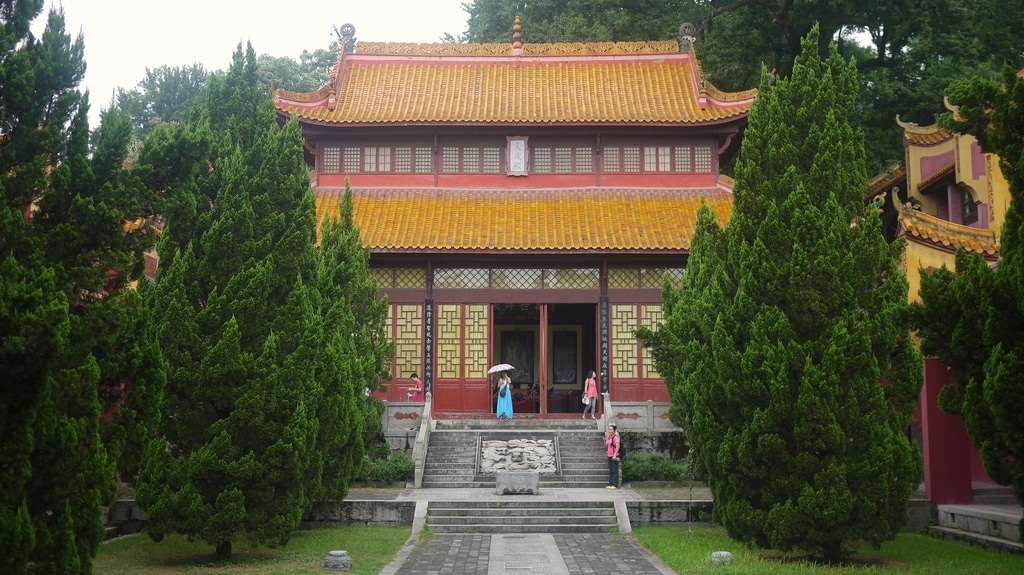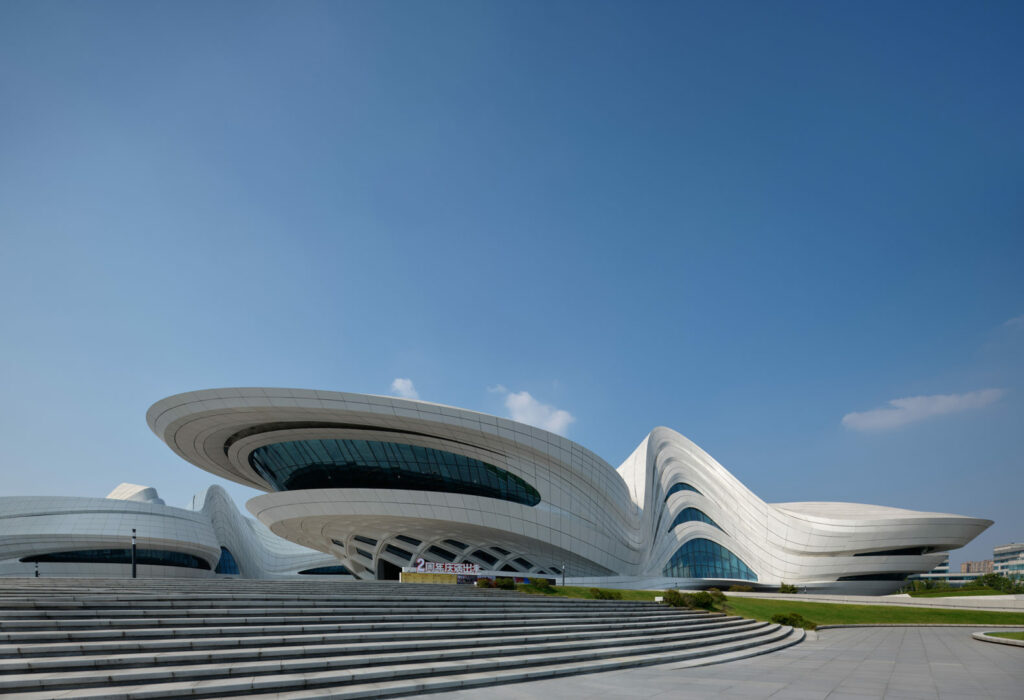The capital of the province of Hunan, in the south of central China, is a large modern city like Shanghai but which is very attached to its particularity. It covers 554 km2 in the north of the province, 50 km from the second largest freshwater lake in China, the famous Dongting Lake. Traditional arts, including Xian embroidery that made it famous, it has moved up a gear: UNESCO has included it on its list of Creative Cities!
Industries in Changhsha are very numerous, but they do not quench its thirst for creativity. His predilection for digital arts works wonders. You must have seen the large multicolored fireworks that light up the island of Orange on certain evenings. It is an absolute must that leaves you speechless. And awakens quite a few technical vocations, apparently.
Small Sky City
Indeed, is very popular for the training center it houses! It focuses on everything that thrills today’s youth: digital films, artificial intelligence, virtual and augmented reality… This 200m high tower, which was built in 19 days (!) is made up of prefabricated elements that fit together like the elements of a Meccano box.
Originally this type of construction promulgated by the company BSB, should have given birth to Sky City: the tallest skyscraper in the world, reaching 838m. But the land having been considered insecure (we are currently doing fish farming in its foundation!) the project was postponed. Time will tell.
The same goes for the “Go Back in Time” project, where the Changsha authorities are tackling a crazy project: to reconstruct, in virtual reality, the lives of its inhabitants until the time of the Han dynasty. We are burning with impatience, even if the travel restrictions remain, we will “Turn back this time” in front of our small screens!
Mawangdui Han Tombs
When you dig the earth in China, you can almost always come across “something”…Here it was first the emanation of suspicious smoke. The alerted archaeologist diagnosed toxic smoke most likely coming from the decomposition of a body. And we started digging in 1972 until 1974. Three graves were discovered. The largest, 16m deep, contained the body of a woman in a remarkable state of preservation. The seal discovered on his coffin made it possible to identify Xinzhui, the wife of the Premier of State of Changsha: she was 2000 years old.
Hunan Provincial Museum
Some 3000 relics, some of inestimable value, have been listed, restored and offered for the admiration of visitors from all over the world. It is a large museum of level 1 at the national level, the Museum of the Province of Hunan, which preserves these riches, in particular two admirable pieces among all.
Lady Xinzhui’s silk jacket
She weighs only 49g, this superb banner (a pure marvel in silk) which covered her coffin. In the upper right part, we can see a solar disc which contains a black crow and, below, the 8 suns that the archer Yi shot down.
Writings and paintings on silk, lacquer trays and other precious tableware, musical instruments, dresses and costumes…we become aware of what the Han civilization was like, the immensity of its culture.
But it would take hours, if not days, to honor the collections of the museum, which spreads its holdings over some 49 ha. It has 100,000 historical pieces and 700 of them are part of the National Heritage! Including probably these imposing bronze drums that sounded at the time of the Three Kingdoms.
Zoumalou wooden tablets
Other excavations, in 1996 this time, brought to light 17,000 wooden and bamboo slats visibly expressing something and which the city’s archaeologists set out to decipher. It turned out to be the official records of the Wu kingdom (222-280). So we now know how the system worked between the different classes of society during the Three Kingdoms period (196-265). A museum was created in 2002 and some specimens, enlightened by brief explanations, are offered for observation.
Presence of the “Grand Helmsman”
The founder of the People’s Republic of China in 1949 is very present in Changsha, the city that saw the birth of communism. The very pleasant island-park of Orange, where the famous annual jazz festival takes place, presents the oversized head of Mao Zedong, impressive in beauty and youth, on a plinth that stretches out in length.
For fans or nostalgics of the great Helmsman, the must-do is the 104 km road that runs to Chaoshan and the house where he was born on December 26, 1893. Built of adobe and topped with thatch, it has thirteen rooms, all furnished in the style of the time (or of origin) and brightened up with family photos in certain places… But it is forbidden to photograph inside this sanctuary of red tourism, protected by the State since 1962.
And at the foot of Mount Yuelu…
…is the Academy of the same name. This is the very place where the Song dynasty (960-1279) built the first of the four higher schools it founded; it is also the first to be subsidized by the State. The entrance is impressive, its typical environment and we linger there even if the nearby Mount Yuelu invites you to walk. Nature reigns supreme here and it is with delight that we sink under the foliage, far from the noise and dust of the city. Picturesque constructions adorn certain paths and it is a temple flanked by a huge aviary that crowns Mount Yuelu. A bird sanctuary in Hunan.



